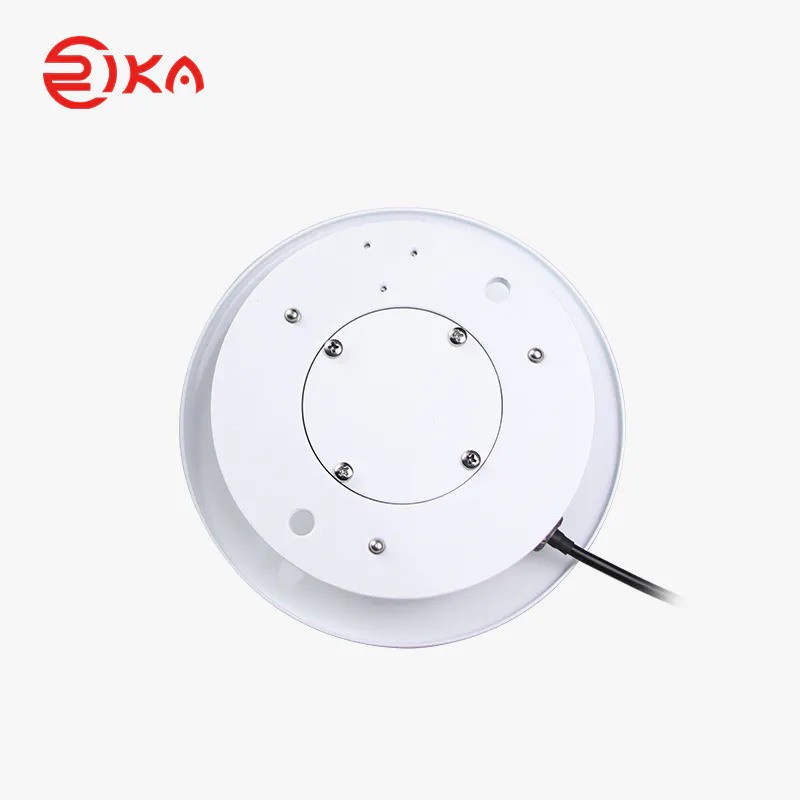Solar energy stands as a pivotal and renewable energy source, offering a significant solution to reducing carbon emissions and addressing the global energy crisis. Assessing solar resources accurately involves quantifying the solar radiation reaching the Earth's surface, a task where pyranometers prove indispensable.
Role of Pyranometers
Pyranometers, technological instruments tailored for measuring solar radiation, encompass both direct and diffuse sunlight. Widely employed in solar resource studies, energy yield assessments, and meteorology, these devices furnish precise data on solar radiation levels. This information aids decision-making for solar energy applications.
Functionality and Measurement
The primary function of pyranometers revolves around quantifying solar radiation, usually expressed in watts per square meter (W/m²). Employing a thermopile detector, these instruments detect and measure sunlight-induced heat. A collection of interconnected thermocouples generates an electrical current proportional to the detected solar radiation, converted into a voltage signal for accurate measurements via an electronic circuit.
Ensuring Accuracy
Pyranometers are equipped with a narrow field of view (FOV), limiting the solar radiation angle captured. This minimizes external influences like shadows or reflective surfaces that could distort measurements. Additionally, cosine correction in their design compensates for varied incident angles of sunlight, enhancing accuracy by accounting for the Earth's curvature.
Spectral Sensitivity and Calibration
Sensitive across a broad spectral range, from ultraviolet (UV) to infrared (IR), pyranometer undergo calibration specifically for the Global Solar Spectrum (GSS). This tailored calibration ensures precise measurements relevant to solar energy utilization and system design, considering radiation most effective for converting sunlight into electricity.
Advanced Features and Applications
Sophisticated pyranometer models come equipped with advanced features like built-in data loggers, interfaces, and communication capabilities. These elements enable the collection, storage, and remote access of long-term solar radiation data. The insights derived from pyranometers assist in solar energy system planning, site selection, yield prediction, and evaluating the economic feasibility of solar projects.
Conclusion: Harnessing Solar Potential with Pyranometers
Pyranometers, as advanced instruments, are crucial for solar resource assessment. By accurately measuring solar radiation levels and providing spectral data tailored for solar energy applications, these devices empower researchers, engineers, and policymakers in making informed decisions. Pyranometers enable the harnessing of solar power's unlimited potential, paving the way for a sustainable and greener future.


No comments yet